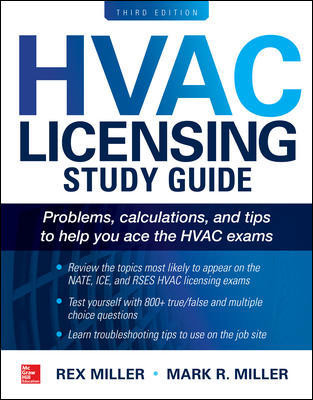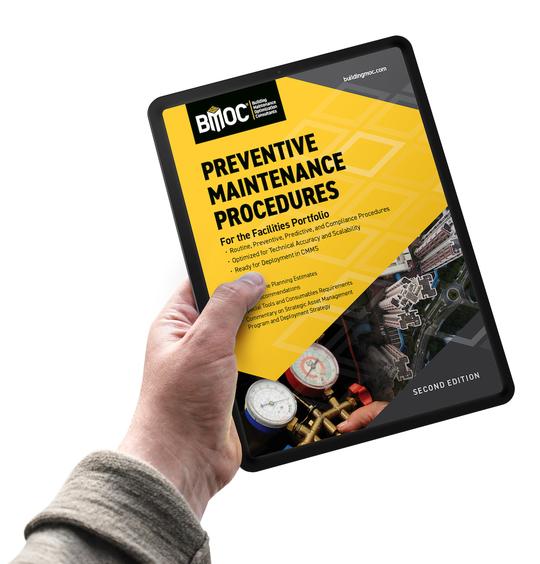In addition to these tests, which I refer to as "electrical integrity testing," an acceptance testing program should include verification of mechanical integrity and functional performance. Mechanical integrity includes verifying that the equipment is properly installed, connections are tightened properly, and mechanisms are properly adjusted, etc. Functional performance verification applies to any operation, interlock, or control system that requires a step-by-step procedure for testing, such as bus transfer schemes or ground fault protection.
What Should Be Tested?
The goal of acceptance testing is similar to that of preventive maintenance: to identify and prevent potential unscheduled failure of the equipment while in service. The decision process for the scope and extent is also similar: The cost of testing should be justified by the avoided cost of an unscheduled failure or its impact on personnel safety and the mission of the facility. In most facilities, the cost of testing every single motor or branch circuit breaker would not be justified, although in a critical data center or semiconductor production facility it may be.
While the extent of testing is facility specific, the following systems and equipment in typical commercial facilities are normally included: all medium-voltage (Over 600-V) equipment; the main electrical service switchboard; the grounding system; the emergency power system; the fire detection system; and large motors and starters, such as chillers.
Who Does The Testing?
In most cases, this question comes down to a choice between two parties: the equipment manufacturer's field service organization, and an independent testing company.Major electrical equipment manufacturers maintain field service organizations staffed with engineers and technicians who are trained in field testing of that manufacturer's equipment. An advantage of using these organizations is that they should have the greatest level of knowledge of the equipment; I have often seen independent testing companies scrambling to find the correct instruction manual for a new type of circuit breaker or trip unit. The major disadvantage of using the manufacturer for acceptance testing is the potential conflict of interest.
The major advantage of using independent testing companies is just that: their independence from the equipment manufacturer. Because these companies do not represent any single manufacturer of electrical equipment, they have less potential conflict of interest in identifying problems. I say less, rather than none, because many companies do perform electrical upgrade and repair work in addition to testing, and may have commercial relationships with contractors or manufacturers.
The decision is further complicated by the fact that qualifications of personnel vary widely within both types of organizations, and the ultimate quality of the work may depend more on who is assigned than on that person's affiliation. In general, if the design engineer or a commissioning agent will be involved in overseeing the testing, I am comfortable with using the manufacturer. If no such oversight were planned, I would lean toward the independent testing company.
Specification Considerations
The following should be addressed in specifications for acceptance testing. Regardless of the organization used for testing, make it clear that the contractor is responsible to hire, supervise, and assist them, and correct all problems identified. Require testing be performed according to recommendations of the InterNational Electrical Testing Association (NETA), NEMA, IEEE, and the manufacturer's instructions. Require proposed test procedures and report forms be submitted for review in advance of testing. Require testing personnel to have National Institute for Certification in Engineering Technologies (NICET), NETA, or equivalent certification and a minimum experience level (typically three to five years) in testing the specific types of equipment. Require completed test reports be submitted for review prior to placing equipment in service, and that they identify "as found" and "as left" conditions.While nothing can guarantee that electrical equipment will not fail unexpectedly, a good acceptance-testing program provides reassurance that you've done all you can to prevent it. ES



